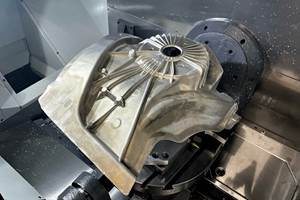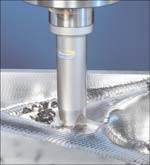How To Machine Pure Abrasion
Powder metal parts have become the darling of the auto industry, but they can be a demon for the shops that must machine the finishing touches. This shop has found that the keys to success machining such abrasive materials are proper cutting tool selection and continuous tool wear monitoring.
Share







Machining powder metal is like machining pure abrasion. So opines Charles Gerlach, president of Gerlach Machine. Located in St. Henry, Ohio, a small town landlocked by corn fields and quaint farm houses, Mr. Gerlach’s shop has specialized in machining powder metal parts since the 1980s.
The soil in those nearby cornfields is loosely similar to powder metal, in that it is a mixture of nutrients and organic material that come together to provide the base for what farmers hope will be a bumper crop. Along those lines, powder metal parts are a mixture of tiny metal and alloying elements (think talcum powder tiny) that, after being compacted together and heated, form a near-net-shape component.
Unfortunately (for the powder metal molders, anyway), secondary machining operations are typically required to bring the part to its final form. At this stage, the powder metal part may have an apparent hardness rating that isn’t very daunting in terms of machineability (30 Rc, for example). However, those individual powders retain their individual hardnesses—which could be 50 Rc or higher—even after the part is molded. A tool cutting into such material will be slicing through very small, very hard particles—in essence, it’s pure abrasion.
The result is excessive and often unpredictable tool wear as cutting edges break down. Success or failure in machining this material rests primarily on the choice and application of the cutting tools.
Why Powder Metal?
The number of powder metal components finding their way into the latest automobile designs continues to rise. In fact, such components are now used in more high-profile engine and transmission applications. Though powder metal parts have become the darling of the auto industry, they can still be a demon for the shops that must machine the finishing touches.
Gerlach Machine didn’t set out with the intention of specializing in powder metal machining. The shop’s Midwestern location had a lot to do with it. A number of local powder metal molders approached the company 25 years ago to machine the features that couldn’t be created in the molding process. Many of these early parts required only boring operations to bring IDs to tolerance or tapping operations, because threads can’t be formed in the mold.
In many cases, the ODs of the powder metal part the shop machines are molded to net shape. This is why these materials are especially attractive for gear components, as the traditional hobbing process to form gear teeth is not necessary. The molded teeth can then be induction-hardened for wear resistance, while the core remains soft to reduce the chance of fracture during operation.
It is because of molding process limitations that other part features, such as threads, require secondary machining. While holes that are parallel to the axis of mold compression can be molded, cross holes (those perpendicular to the compression axis) and grooves around the periphery of the part can’t be molded. There are also limits to how thin part walls can be molded. In addition, machining may be necessary to reach the tighter tolerances and better surface finishes that are required of the latest automotive components.
Tooling Considerations
Most powder metal parts require turning and tapping operations rather than milling, which is why Mr. Gerlach’s shop has more CNC lathes than mills. Because powder metal parts are near net shape, heavy roughing cuts are typically not required. Appropriate tooling, therefore, is that which is geared toward semifinishing and finishing duties. For turning operations, Mr. Gerlach primarily uses cermet inserts from Valenite (Madison Heights, Michigan). These inserts have essentially no edge prep in order to provide an extremely sharp cutting edge and free cutting action, which Mr. Gerlach has found effective in turning powder metal parts.
In certain instances, powder metal parts will be hardened via heat treating or induction hardening prior to machining work. Parts that are induction-hardened may require a finish machining pass because the quality of the finished surface was altered. For these hardened parts, the shop is more likely to use cubic boron nitride (CBN) inserts that are typically used for most hard turning applications. Again, those CBN inserts have minimal edge prep, so that their cutting edge is as sharp as possible.
As for threading, the shop has settled on titanium nitride (TiN) coated taps, and it has machined threads without coolant for the past 20 years. It also tries to mill and turn dry, with some machines fitted with air blast units used more for chip control than to keep tool cutting edges cool. Machining without coolant means that chips remain dry and are less likely to adhere to the part after machining. But more importantly, dry machining reduces the possibility of rust forming on the parts after machining.
Rust is an inherent problem with powder metal parts because of the material’s porosity and high iron content. For that reason, not only does the shop typically machine dry, but also, most parts are submerged in an oil bath very soon after machining to prevent oxidation. Mr. Gerlach notes that in some cases, rust seemed to appear almost immediately after machining. This might be an indication that rust somehow developed in the molding process and was captured inside the molded part. The shop may break a pre-machined part in half to see if rust is found in the part’s core to determine if a problem may exist in the molding process.
In some instances, the shop uses synthetic coolant during machining. One is when high-pressure operations such as burnishing are required to increase surface finish on key features. Another is if there is a high material removal rate in which a lot of heat could be transferred into the part. Liquid nitrogen coolant may be another viable option, and the shop is currently examining these systems.
Mind The Offsets
Mr. Gerlach admits there’s nothing fancy about how the shop offsets a newly installed tool. The operator installs the tool, backs off slightly on the presumed cutting depth, machines the part, measures the part and then adjusts the tool offset forward in the amount the previous cut was short of specification.
However, the abrasive nature of powder metal means that once those new tools are installed, their offsets must be continually monitored and adjusted to account for tool wear. This is the reason why the shop performs 100 percent inspection at the machine for every powder metal part it cuts (most of these parts have 0.001-inch total tolerance). This policy of 100 percent inspection is helpful not only for quality assurance purposes, but also because it alerts the shop when offsets must be changed or tools must be changed-out. The shop’s Zeiss Eclipse CMM is used for spot checks of critical features that can’t realistically be measured on the shop floor (such as feature-to-feature relative position).
For some of its machines, the shop relies on the experience of its machine operators to follow trending part measurements and, when necessary, enter the appropriate new offsets into the control to account for tool wear. Other machines have been modified to speed the process of updating offsets.
The company’s most recently purchased CNC lathes are two Eurotech Famar Pronto 5 inverted vertical chuckers. These machines have been fitted with a set of electronic pushbuttons wired to their Siemens Sinumerik 840D controls to allow one-touch offset changes without an operator even having to look at a control screen. There are two buttons for each tool—one for advancing tool offset; another for decreasing offset. Each + or – button assigned to a tool is given a specific offset value for each button push. These increments are very small (typically 0.0002 inch) to reduce the chance of an operator overcompensating for tool wear.
Pushbutton offsetting saves time by eliminating the need to navigate through the machine’s control screen to enter offset values. It also eliminates the possibility of the operator keying in an incorrect offset value. A maximum offset value is stored in the control to prevent a crash that could occur if too large an offset value (too many button pushes) is entered.
The shop runs its highest volume jobs across these inverted vertical machines. That way, it can take advantage of their unique capability to use their spindles as their parts loaders, which greatly speeds throughput by eliminating manual loading.
Secondary Processes
Besides machining, powder metal parts may require additional processes such as honing, bead blasting or grinding. The shop has ceramic media tumbling capability in-house. Many powder metal parts require this operation to remove burrs, which are typically problematic with powder metal parts because of the material’s porosity. It’s especially critical to remove burrs on drivetrain components, as an engine or transmission with metal shavings circulating through its oil system likely won’t be operating for very long.
Changing Industry
The materials and production processes for powder metal parts are ever changing, with powder metal molders developing new mixtures, additives and processing technologies. Odds are that the process of machining this material will continue to change over the years as well. One trend Mr. Gerlach has noticed is that some powder metal molders are bringing the secondary machining work back in-house. For that reason, the shop quotes new jobs every day. These jobs aren’t just powder metal work; they also include other jobs such as machining aluminum castings and extrusions.
Related Content
The Future of High Feed Milling in Modern Manufacturing
Achieve higher metal removal rates and enhanced predictability with ISCAR’s advanced high-feed milling tools — optimized for today’s competitive global market.
Read MoreShoulder Milling Cuts Racing Part's Cycle Time By Over 50%
Pairing a shoulder mill with a five-axis machine has cut costs and cycle times for one of TTI Machine’s parts, enabling it to support a niche racing community.
Read MoreFixturing Castings Made Simple Through Adhesive Workholding
When a casting proved too malleable for traditional gripping, Thomas/Euclid Industries adopted — and succeeded with — Blue Photon adhesive workholding.
Read MoreHow to Mitigate Chatter to Boost Machining Rates
There are usually better solutions to chatter than just reducing the feed rate. Through vibration analysis, the chatter problem can be solved, enabling much higher metal removal rates, better quality and longer tool life.
Read MoreRead Next
Upgrade Your Cutting Tool Mindset
A handful of timely observations may boost the productivity of your thinking about cutting tools.
Read MoreHow to Choose the Right Tool for Milling Titanium
Milling titanium is different from other metals because of the risk of heat build-up. Thanks to the metal’s low thermal conductivity, overly aggressive milling may even pose a risk of combustion. With titanium, in other words, there may be more than one reason why the cutting speed can’t be increased. And yet the speed of production still can be increased.
Read More5 Rules of Thumb for Buying CNC Machine Tools
Use these tips to carefully plan your machine tool purchases and to avoid regretting your decision later.
Read More




























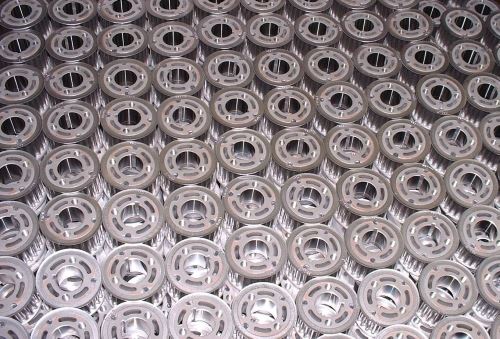
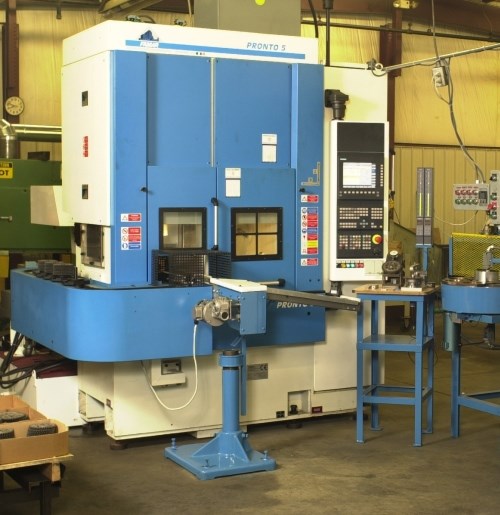
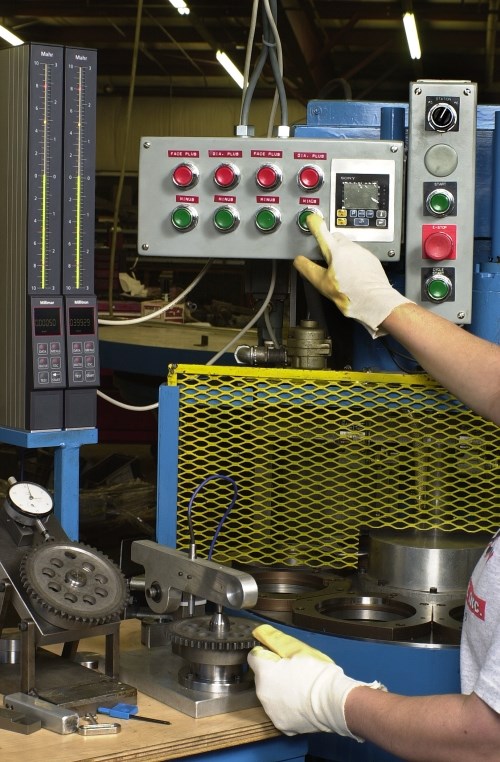
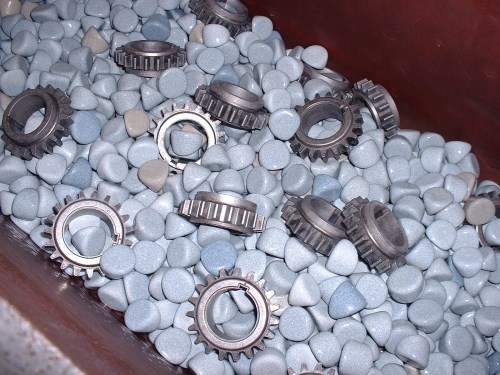





.jpg;maxWidth=300;quality=90)







